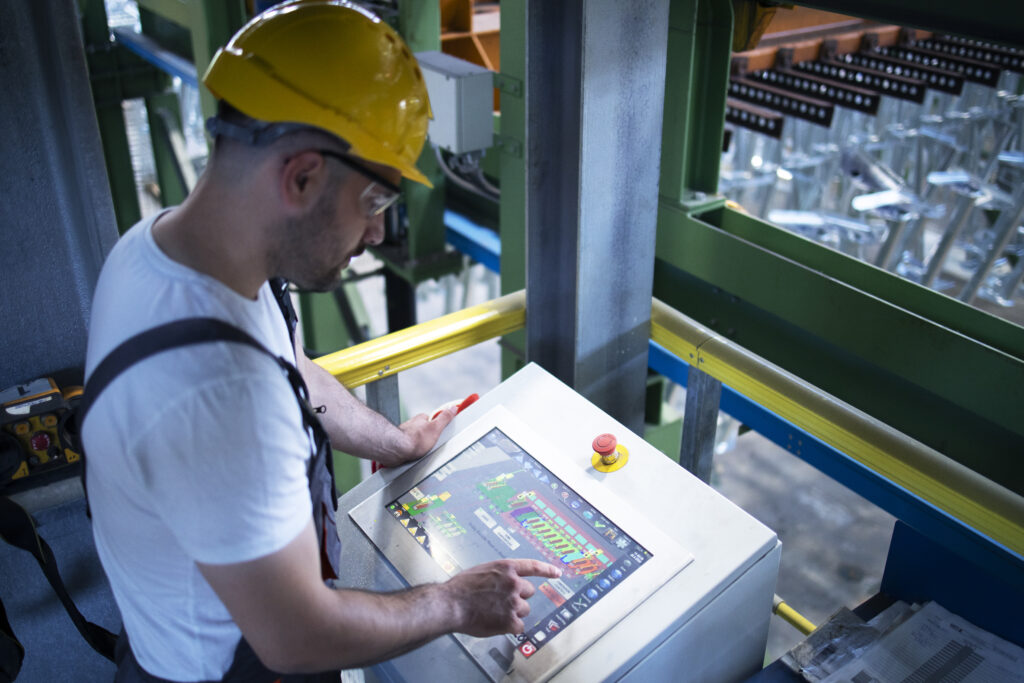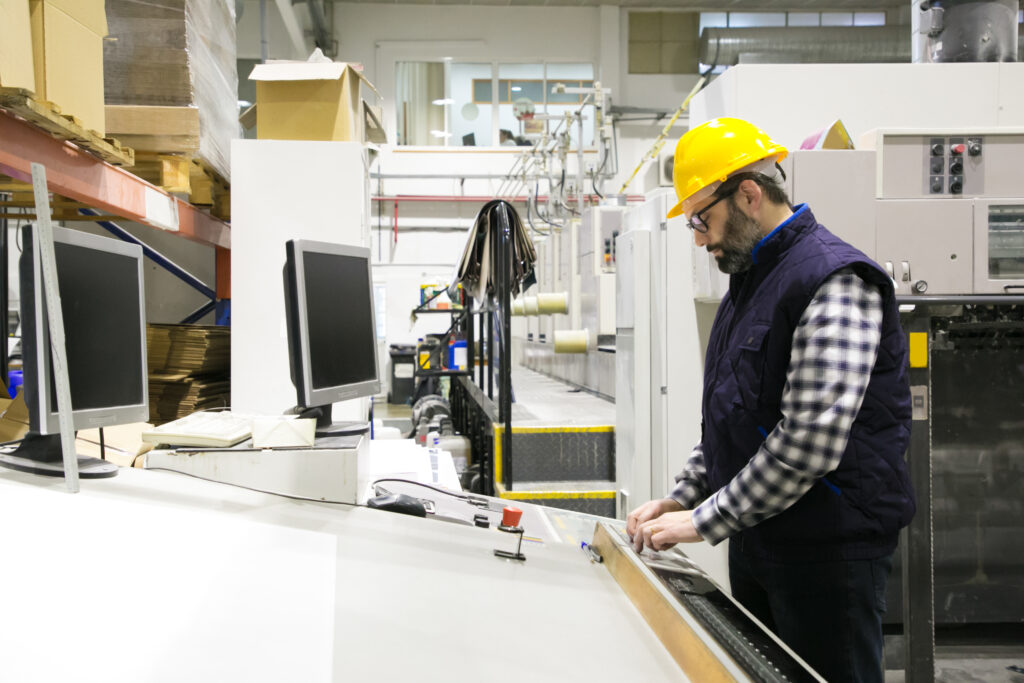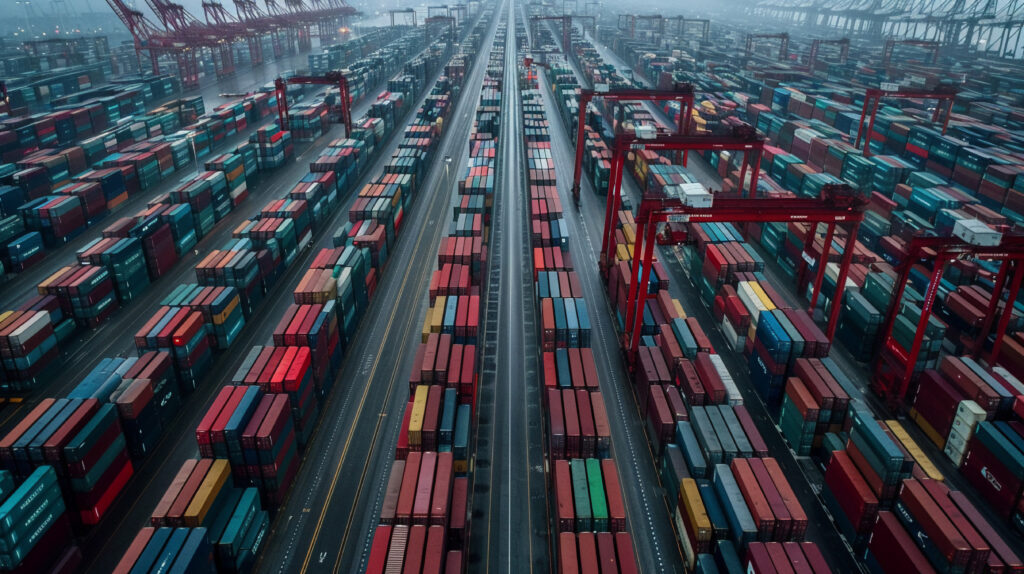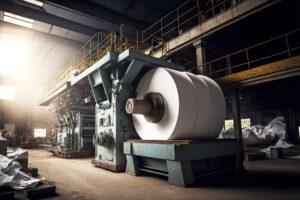
Lessons from Recent Years and Strategies for Business Continuity
In the fast-paced and ever-evolving world of industrial operations, process equipment plays a critical role in ensuring the efficiency, safety, and productivity of various manufacturing and processing activities. Industrial process equipment encompasses a broad range of machinery and systems used in producing goods, from pumps and compressors to boilers, reactors, and conveyors. These components are the backbone of many industries, including oil and gas, chemical manufacturing, pharmaceuticals, food and beverage, and more.
However, recent years have underscored the vulnerability of global supply chains, particularly those that are crucial for industrial process equipment. The COVID-19 pandemic, geopolitical tensions, and natural disasters have caused significant disruptions, leading to production delays, increased costs, and even temporary plant closures. These disruptions have had a profound impact on businesses that rely on uninterrupted access to industrial equipment and materials. This essay explores the impact of these supply chain disruptions on industrial processing equipment, the challenges they present, and strategies businesses can adopt to avoid or mitigate such disruptions in the future.

The Impact of Supply Chain Disruptions on Industrial Process Equipment
The global supply chain is a complex and interconnected network that spans multiple countries and continents. Industrial process equipment manufacturers often rely on a diverse set of suppliers for raw materials, components, and specialized parts. Any disruption in this chain can have cascading effects, leading to delays in production and delivery, increased costs, and compromised quality.
1. COVID-19 Pandemic: A Global Wake-Up Call
The COVID-19 pandemic was a stark reminder of the fragility of global supply chains. As countries imposed lockdowns and restrictions to curb the spread of the virus, factories were forced to shut down or operate at reduced capacity. This led to a severe shortage of critical industrial equipment and components. Many businesses found themselves unable to procure the necessary machinery to keep their operations running, resulting in production delays and financial losses.
For example, the semiconductor industry, which is vital for manufacturing industrial control systems and automation equipment, experienced a significant shortage due to pandemic-related disruptions. This shortage, in turn, affected industries like automotive, electronics, and even medical devices, highlighting the interdependencies within the global supply chain.
2. Geopolitical Tensions: The China-Ukraine Factor
Geopolitical tensions, such as those between China and Western countries, as well as the ongoing conflict in Ukraine, have further exacerbated supply chain vulnerabilities. Trade restrictions, tariffs, and sanctions have made it difficult for businesses to source essential components and materials from certain regions. Companies have sometimes had to seek alternative suppliers, often at higher costs and longer lead times.
The conflict in Ukraine, for instance, has disrupted the supply of critical raw materials like steel, aluminum, and rare earth metals, which are essential for manufacturing industrial process equipment. Additionally, the uncertainty surrounding trade relations with China has prompted many businesses to rethink their sourcing strategies and explore alternatives to reduce dependency on a single country.
3. Natural Disasters and Climate Change
Natural disasters, such as hurricanes, floods, and earthquakes, have also contributed to supply chain disruptions. Climate change has increased the frequency and intensity of such events, making it more challenging for businesses to predict and prepare for potential disruptions. For instance, hurricanes in the Gulf of Mexico have impacted oil and gas production facilities, leading to delays in the supply of equipment and materials needed for energy-related projects.

Strategies to Avoid Supply Chain Disruptions
Given the significant impact of supply chain disruptions on industrial process equipment, businesses must adopt proactive strategies to ensure continuity and resilience. Here are several key approaches that can help mitigate the risks associated with supply chain disruptions:
1. Diversification of Suppliers
One of the most effective ways to reduce supply chain risks is to diversify suppliers. Relying on a single supplier or region for critical components makes a business vulnerable to disruptions. By establishing relationships with multiple suppliers across different regions, companies can spread their risk and ensure that they have alternative sources of supply in case of disruptions.
For example, a process equipment company that relies on Chinese manufacturers for components might also establish relationships with suppliers in Southeast Asia, Europe, or North America. This diversification can help ensure a steady supply of materials even if one region experiences a disruption.
2. Building Strategic Stockpiles
Another strategy to mitigate supply chain disruptions is to build strategic stockpiles of critical components and materials. By maintaining a buffer inventory, businesses can continue operations even if their supply chain is temporarily disrupted. This approach requires careful planning and inventory management to avoid excess holding costs, but it can be a valuable safeguard against unexpected disruptions.
During the COVID-19 pandemic, some companies that had built up stockpiles of critical components were able to continue operations while others struggled to procure the necessary materials. This highlights the importance of having a contingency plan in place.
3. Strengthening Relationships with Suppliers and Partners
Strong relationships with suppliers and partners are crucial for navigating supply chain disruptions. Businesses that maintain open lines of communication with their suppliers are better positioned to receive timely updates on potential disruptions and collaborate on solutions. In some cases, suppliers may prioritize businesses with whom they have strong relationships, providing them with a competitive advantage.
Additionally, businesses can collaborate with their suppliers to develop contingency plans and explore alternative sourcing options. For example, a process equipment manufacturer might work with its suppliers to identify alternative materials or production processes that can be used in the event of a disruption.
4. Investing in Supply Chain Visibility and Technology
Supply chain visibility is critical for identifying potential disruptions and responding quickly. By investing in technology that provides real-time visibility into the supply chain, businesses can monitor the status of shipments, track inventory levels, and identify potential bottlenecks before they become critical issues.
Advanced technologies such as blockchain, artificial intelligence, and predictive analytics can enhance supply chain visibility and enable businesses to make informed decisions. For instance, predictive analytics can help businesses forecast demand and identify potential supply chain risks, allowing them to take proactive measures to mitigate those risks.
5. Developing Contingency Plans
Finally, businesses should develop comprehensive contingency plans that outline the steps to be taken in the event of a supply chain disruption. These plans should include alternative sourcing options, inventory management strategies, and communication protocols. By having a clear plan in place, businesses can respond quickly and effectively to disruptions, minimizing their impact on operations.

Building Supply Chain Resilience in Industrial Process Equipment
Industrial process equipment is the backbone of many industries, and disruptions in the supply chain can have far-reaching consequences. The challenges posed by the COVID-19 pandemic, geopolitical tensions, and natural disasters have underscored the importance of supply chain resilience. By diversifying suppliers, building strategic stockpiles, strengthening relationships, investing in technology, and developing contingency plans, businesses can navigate these disruptions and ensure continuity in their operations.
At AMED-US, we’ve successfully navigated these challenges by diversifying our suppliers and strategically increasing inventory when disruptions loom. Our strong relationships with partners—and even competitors—enable us to meet our clients’ needs precisely when they need it most.
Our procurement team constantly monitors for reliable sources of industrial equipment. When we anticipate potential supply chain disruptions due to geopolitical factors such as conflicts, including those in China and Ukraine, we proactively reroute our supply chains to ensure our clients have uninterrupted access to essential equipment.
In an increasingly uncertain world, the ability to adapt and respond to supply chain challenges is more critical than ever. By adopting proactive strategies, businesses can not only survive but thrive in the face of adversity.










